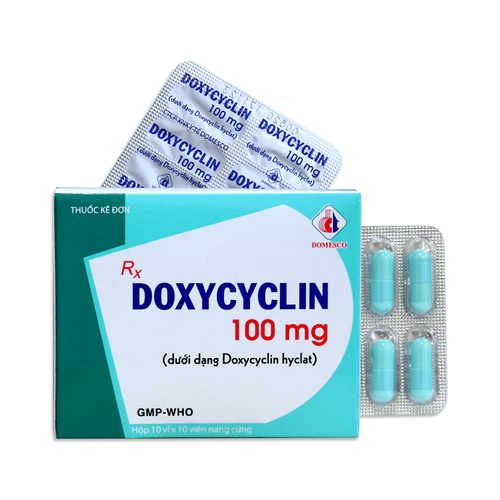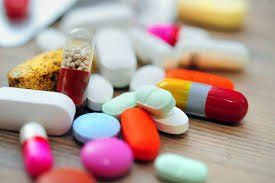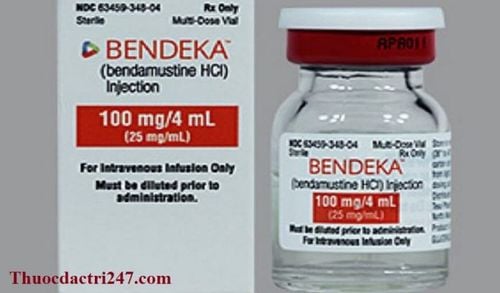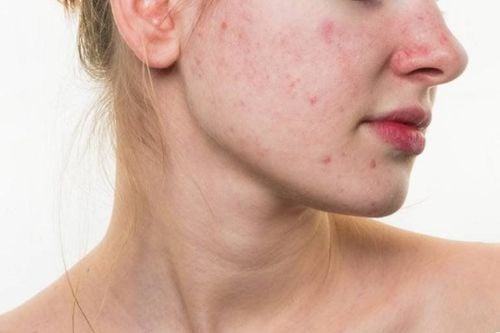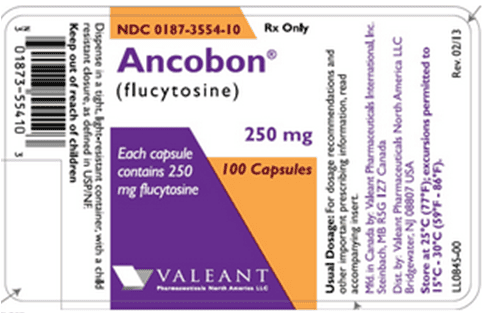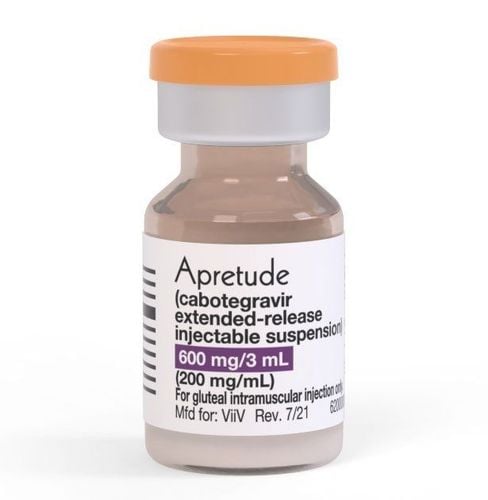This is an automatically translated article.
Our body is protected by the immune system. When the immune system is weakened, it will break down the body's ability to protect against bacteria, viruses and parasites, making the body very susceptible to infections that affect the health and even the life of the patient.
1. The role of the immune system
The immune system is considered to be the body's shield against infections caused by microorganisms such as bacteria, viruses, fungi and protozoa. The immune system works well thanks to the following components:
B lymphocytes produce immunoglobulins (immunoglobulins), also known as antibodies. Immunoglobulins are proteins that neutralize pathogenic microorganisms and help macrophages recognize, capture, and destroy them. T lymphocytes attack pathogenic microorganisms located in host cells, such as viruses. T cells also produce cytokines, which help recruit and organize other immune cells. Macrophages capture (or ‘phagocytize’) and destroy disease-causing microorganisms. Complements are proteins that destroy microorganisms and support other cells of the immune system. Immunodeficiency diseases are conditions in which one or more defects result in abnormal functioning of the immune system, leading to an increased susceptibility to multiple infections with acute, recurrent or chronic consequences. count. In some cases of patients with immunodeficiency diseases, accurate diagnosis of the disease is very difficult, such as bacillus tuberculosis.
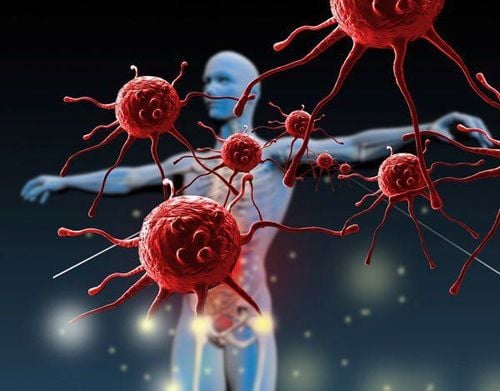
Hệ miễn dịch có vai trò quan trọng trong việc bảo vệ sức khỏe con người
2. Classification of immunodeficiency
There are two types of immunodeficiency: primary immunodeficiency and secondary immunodeficiency.
2.1 What is primary immunodeficiency?
Primary immunodeficiency is a genetic defect or genetic defect of the immune system that causes disorders in certain components of the immune system. Primary immunodeficiency is not contagious or transmitted from person to person, but is transmitted through genetics.
2.2 Deficiency groups of primary immunodeficiency disease
Antibody deficiency is key; Combined depletion of T and B cell lines; Immune-regulating diseases; Congenital defects of macrophages in number or function; Defects of innate immunity; Autoinflammatory diseases and complement deficiency.
3. Treatment methods and notes to know
3.1 Alternative immunoglobulin therapy
Most patients with primary immunodeficiency produce too little or no immunoglobulin. Immunoglobulin replacement helps protect against a wide range of infections and reduces autoimmune symptoms. Immunoglobulin is given intravenously and subcutaneously.
Points to note when treating with immunoglobulin replacement:
Some patients will have headache, dizziness, fever, chills, nausea, vomiting or muscle pain, back pain when receiving immunoglobulin. Patients will be more likely to have more severe side effects such as aseptic meningitis, erythropoiesis, and thrombosis. Treatment should be continued at regular intervals and often for life as it provides only temporary protection. Immunoglobulin administration needs to be done in a hospital by a doctor or nurse practitioner, or at home by a trained nurse or relative. Patients receiving immunoglobulin still need to apply infection prevention measures such as good hygiene or antibiotic prophylaxis in some cases.
3.2 Stem cell transplant (or bone marrow transplant)
This is a treatment that uses stem cells from the bone marrow or umbilical cord blood of a healthy donor to transplant some patients with primary immunodeficiency when the immune cells are deficient or not working normal.
Points to note when receiving stem cell transplantation:
The recipient's immune system may attack the donor's cells. Chemotherapy to prepare the immune system before a transplant is possible for some special patients. This is only used to treat certain forms of immunodeficiency. primary epidemics such as elevated IgM syndrome, chronic granulomatous disease, Wiskott-Aldrich syndrome, and Duncan syndrome.
3.3 Treatment with antibiotics and other measures
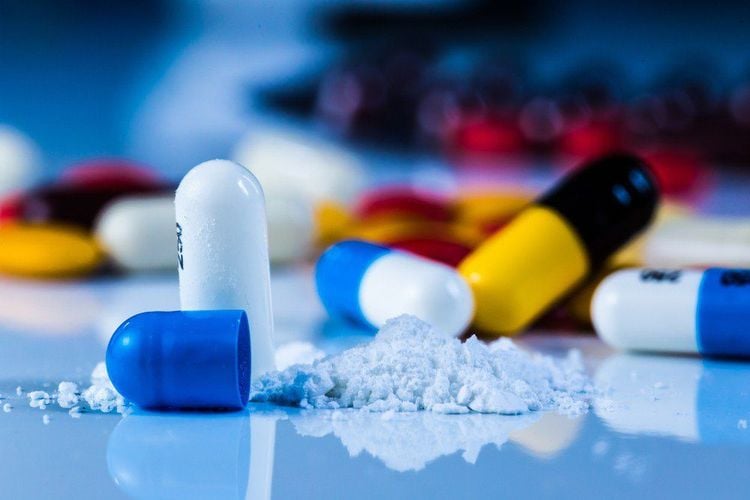
Sử dụng kháng sinh là một trong những cách điều trị rối loạn miễn dịch
Patients with primary immunodeficiency often require antibiotics to treat, and sometimes to prevent, infection. In addition, patients can use other treatment methods such as stimulation of granulocyte activation (G-CSF; Interferon Gamma; PEG - ADA); Gene therapy; physiotherapy; treat 'autoimmune' symptoms.
Please dial HOTLINE for more information or register for an appointment HERE. Download MyVinmec app to make appointments faster and to manage your bookings easily.
Reference article: NCBI
MORE:
Function of Immune Globulin What is Immune Globulin? How does the immune system work?




